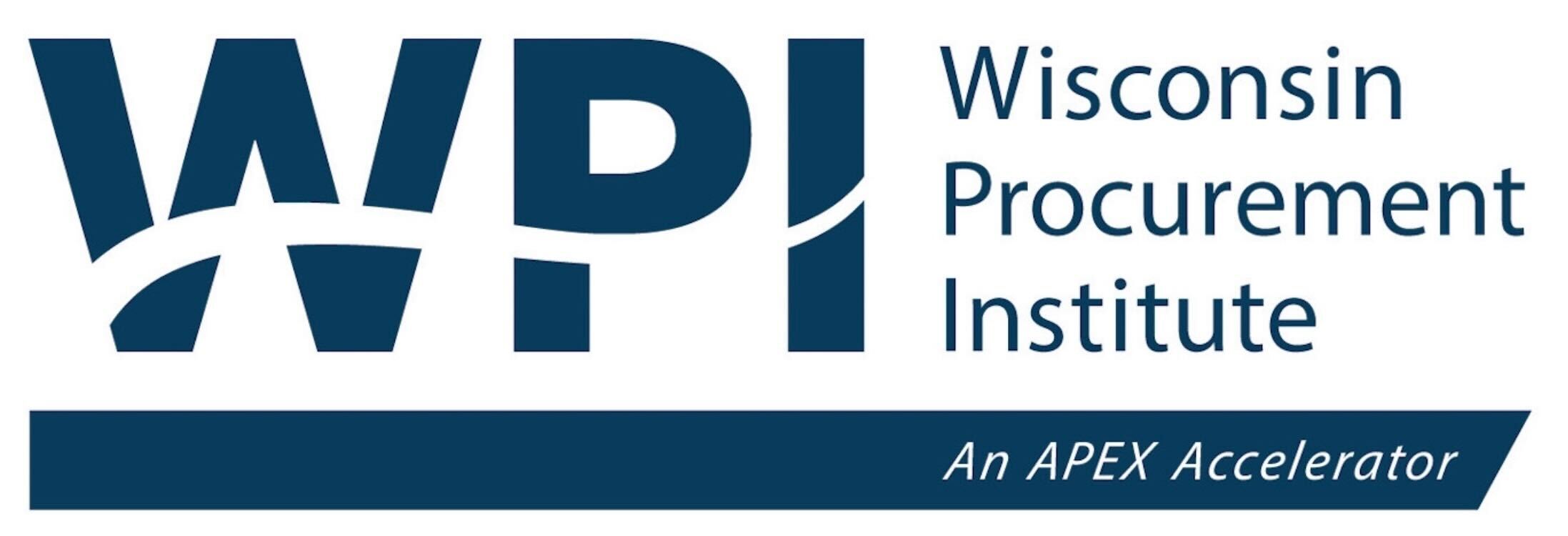SBA will restructure to eliminate wasteful spending, restore mission of empowering small businesses
WASHINGTON, D.C. – Today, pursuant to EO 14210, the U.S. Small Business Administration (SBA) announced its plans for an agency-wide reorganization. To return to its founding mission of empowering small businesses, and to restore accountability to taxpayers, the agency will reduce its workforce by 43% – ending the expansive social policy agenda of the prior Administration, eliminating non-essential roles, and returning to pre-pandemic staffing levels.
The strategic reorganization will begin a turnaround for the agency by restoring the efficiency of the first Trump Administration, as well as its focus on promoting small businesses. Core services to the public, including the agency’s loan guarantee and disaster assistance programs, as well as its field and veteran operations, will not be impacted.
To read more, click here.
